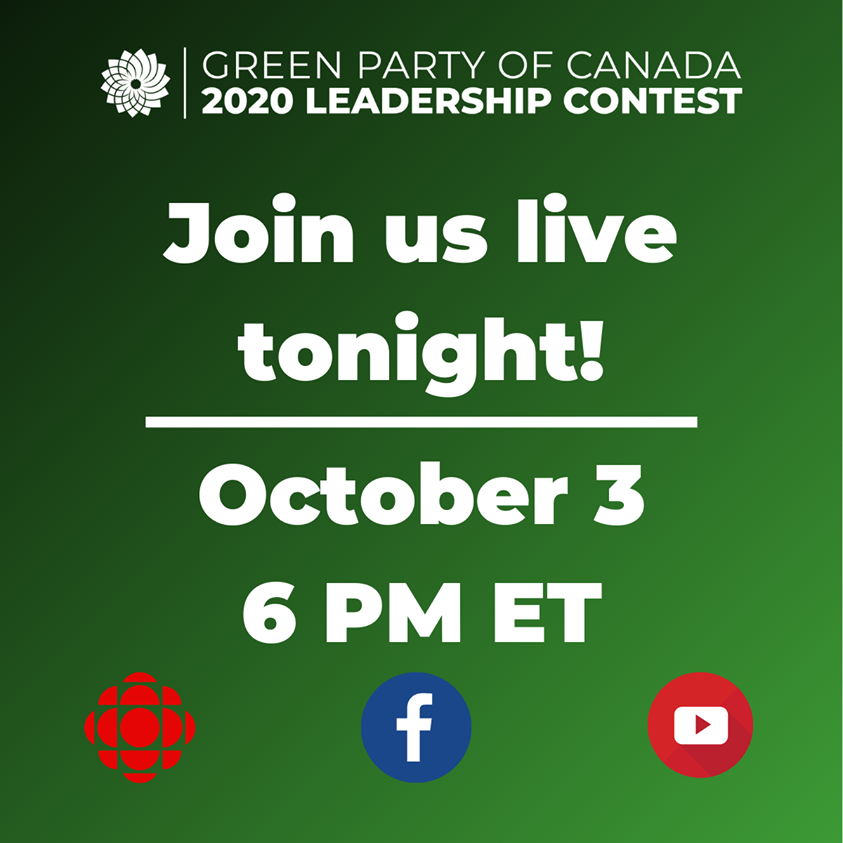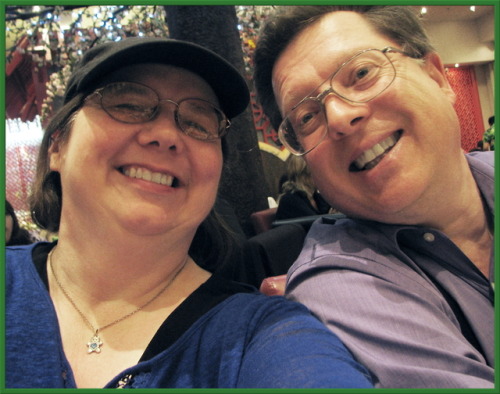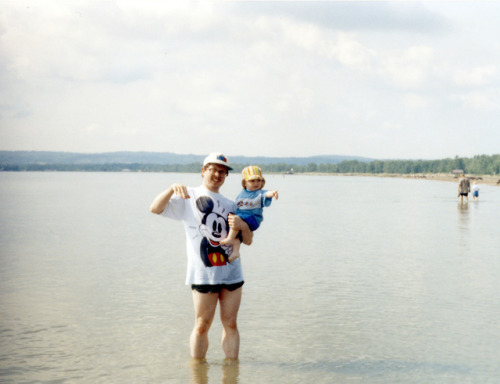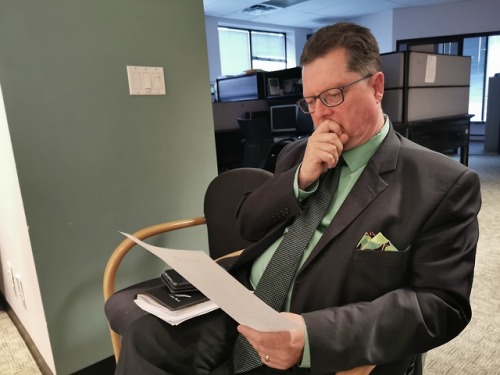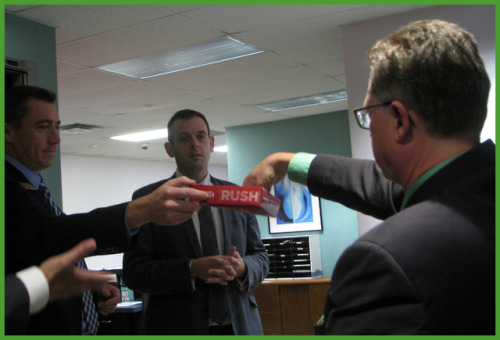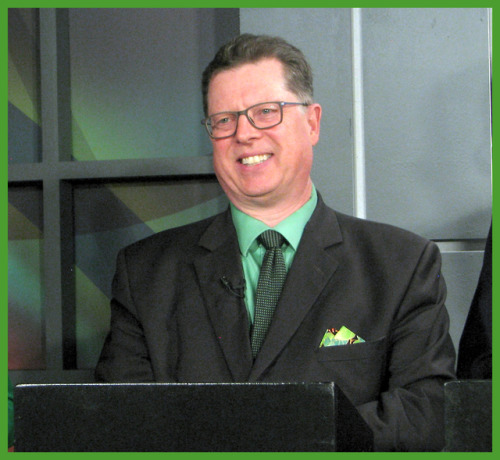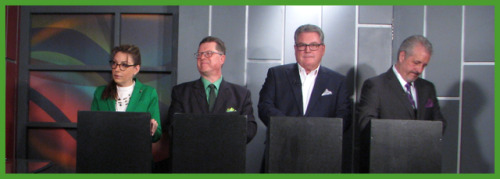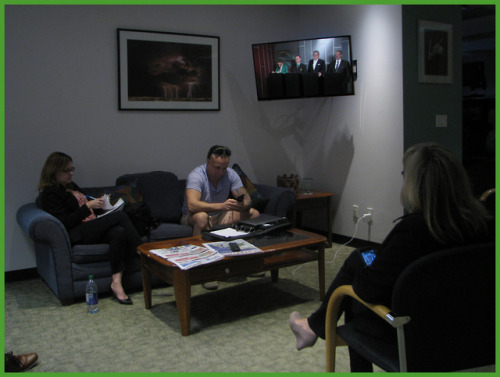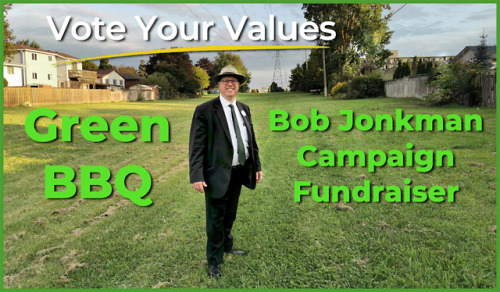By Tanya Talaga
Indigenous Issues Columnist
Mon., June 3, 2019
GATINEAU—Almost four years to the day after the Truth and Reconciliation Commission said Canada committed a cultural genocide against Indigenous people, the national inquiry into our murdered and missing Indigenous women and girls took it a step further.
They said the death of our women, by the thousands, was simply a genocide.
The echo is not coincidental.
The genocidal process was the same.
In the words of the four-person commission, the epidemic of deaths and disappearances is the direct result of a “persistent and deliberate pattern of systemic racial and gendered … rights violations and abuses, perpetuated historically and maintained today by the Canadian state, designed to displace Indigenous people from their lands, social structures and governments, and to eradicate their existence as nations, communities, families and individuals.”
As expected, the protests quickly emerged. This is no “genocide,” the critics said. The coast-to-coast-to-coast commission, which interviewed over 2,000 families, survivors and knowledge keepers, exaggerated or got it wrong. Former aboriginal affairs minister Bernard Valcourt, who served under Stephen Harper, started off the bashing with a bang:
You might be interested in
“What has been the cost to Canadians for this propagandist report?” he tweeted.
For his part, Prime Minister Justin Trudeau refused to say the word “genocide” as he addressed the assembled families, survivors and commissioners.
But those of us who have been on the wrong side of the “persistent and deliberate pattern” know that “genocide” is the right word.
As the ceremony began, it was Chief Commissioner Marion Buller who said the hard truth is that “we live in a country whose laws and institutions perpetuate violations of fundamental rights, amounting to a genocide.”
Buller, the first appointed First Nations female judge in British Columbia, took a lot of heat when the inquiry began. Members of her team were quitting, families weren’t being properly notified or compensated. Many said her mandate was overly narrow. Yet she weathered it all and fulfilled her highest purpose. She gave voice to the victims.
The inescapable conclusion of all their harrowing and beautiful testimony is that “genocide” is the only word for the state-enabled deaths of thousands of sisters, aunties, grandmothers, cousins and friends.
So why won’t our prime minister say it? What’s he afraid of?
Perhaps he understands that calling the genocide a genocide would acknowledge that his government — and others — are morally culpable for the losses of the thousands of our women, girls and 2SLGBTQQIA people. Or maybe it was the legal culpability that worried him; lawyers no doubt advised Trudeau not to say it. The pollsters, too, were probably against it, as we edge towards an election. It isn’t as easy to take a principled stand when votes are potentially at stake.
Whatever his reasons, his omission was telling. But it hardly dampened the power of the day.
“We don’t need to hear the word genocide come out of the prime minister’s mouth because families have told us their truth,” Buller said during the press conference.
The families of the taken, not forgotten women, agree. They don’t need to hear arguments over what constitutes genocide. They know it to be true because they live it.
As the ceremony drew to a close on Monday, Thunder Bay’s Maddy Murray stopped me and asked me to remember Alinda Lahteenmaki, who died in Winnipeg on Jan. 30, 2009 after plunging 11 storeys. She was 23 years old and her boyfriend pleaded guilty to manslaughter.
“There is no closure,” she said to me as the drums began to beat the warrior song.
But there can be an end to the violence.
The murders and rapes, the violence against Indigenous women and girls will continue until Canada confronts the genocide and the long-promised new relationship is finally delivered.
This requires that Canada confront the historical disadvantages, intergenerational trauma, and discrimination experienced by Indigenous people, the report explained. And that begins with making significant strides toward substantive equality through changes to our justice system, to policing, to social and health services, to education, to everything Canada prides itself on and holds dear.
To many, these institutions are a symbol of what makes Canada great. But the report makes clear that they are far from perfect. That they are rigged against Canada’s first peoples. That they are tools of colonial violence, of genocide.
That is the conclusion of Buller and her team of commissioners.
It is disappointing that many of our politicians refuse to say the word. It would be far worse — a terrible tragedy — if they continued to be complicit in the act.
Tanya Talaga is a Toronto-based columnist covering Indigenous issues. Follow her on Twitter: @tanyatalaga


